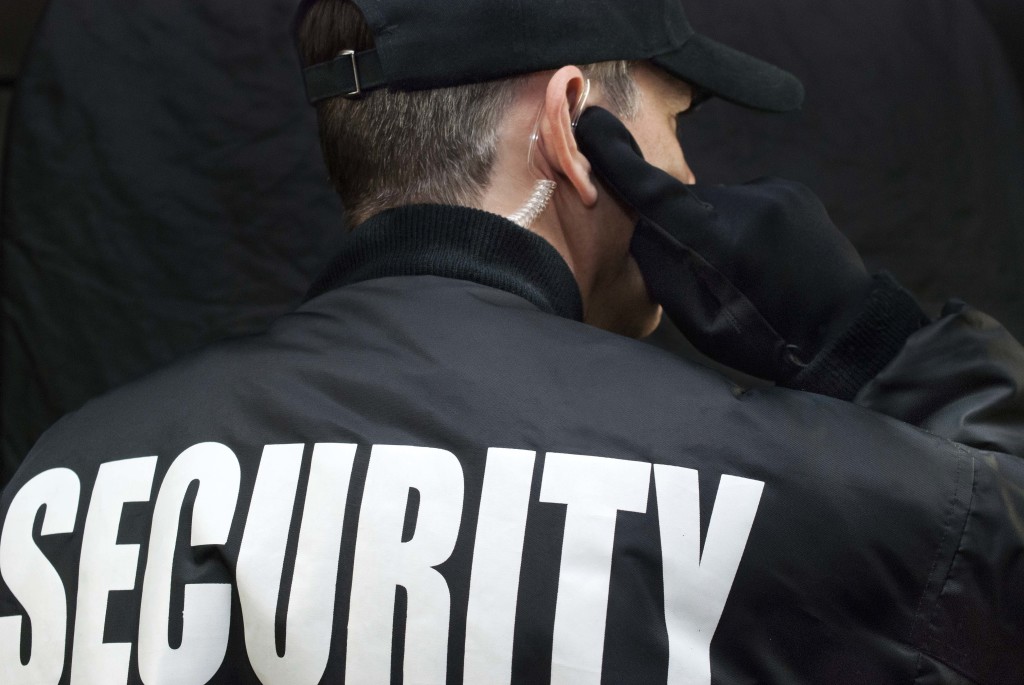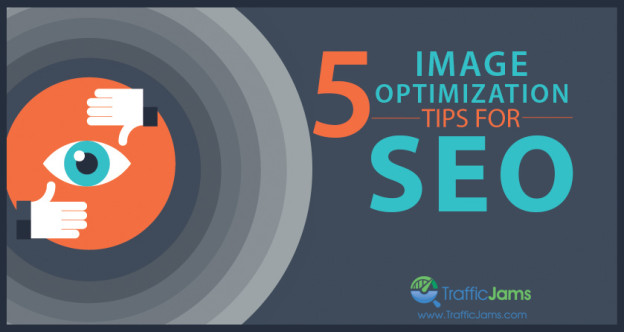Content, content, content! When it comes to on-page SEO, we love to talk about how content is king – maybe so much so that we often overlook a very lucrative SEO opportunity: images. Properly optimized images can help bring in highly qualified search engine traffic that you might otherwise be missing out on. And, depending on your industry, could be a great opportunity to capitalize on traffic where your competitors aren’t.
A Picture is Worth a Thousand Words
And in the world of online marketing, selecting the right images can mean the difference between making your point and making your visitors hit the back button. Stock photos might be OK for a blog post, but when it comes to pages about your company, only originals will do.
Whether you choose to create your own images or select a stock photo, the most important thing to keep in mind is to select images that reflect the topic of your post or illustrate a point within your content. Images don’t have to be literal. They can be subjective too – as long as the reader can make a connection between the image and the content on the page. Selecting good images that enhance your content will help you write better descriptions, alt tags and captions as well as increase the time spent on your page.
Choosing the Right Image Format: Choose Wisely
Did you know that 47% of consumers expect a page to load in 2 seconds or less?
The type and size of your image files can have a pretty big impact on the loading times of your site. That makes choosing the right file types and compressing them for fast loading is the first step to optimizing your images for SEO.
Google supports the following image types in search: BMP, GIF, JPEG, PNG, SVG and WebP. JPEG is a good choice because it can make smaller file sizes which may be important to you if you plan on having an image heavy site. PNG is another format that we like using for web optimized images because in addition to supporting smaller file sizes, they can be used for images with transparent backgrounds such as text and logos.
In addition to using one of the file types above, you should also be conscious of reducing file sizes in order to keep loading times to a minimum. If you have Photoshop, you can use it to save images in almost any file type and size that you need.
If you don’t have Photoshop, here are some free alternatives:
File Names: Short, Sweet and Descriptive
Did you know that Google may use the text within an image’s file name to not only determine what the image is about but, may also use it as the image’s snippet in search results? So, before you start uploading images from your camera or photo site with files names that look like this: DSC1000784665.jpg – stop and rename them to something more descriptive. Consider the following image:

Close-up of a security guard listening to his earpiece. Back of jacket showing.
You could just use the generic filename iStock_000034885298_Large.jpg or you could give it a more descriptive name. If I had to name this image, I might call it something like security_guard_black_jacket.jpg. The key is to use relevant and descriptive keywords when naming your images.
Alt Text: Your Visual Helper
When it comes to search, your alt text serves two purposes, as a description of the image to those who may not be able to view it on their computer, and as a way to enhance keyword optimization within your posts and pages. That doesn’t mean that you should stuff your alt text with keywords, but rather describe the image and use your keywords where possible.
Here are a few things to keep in mind when creating the alt text for your images:
- If using multiple images on a page, each one should have unique alt text.
- Avoid keyword stuffing, it is more important to use the alt text to best describe the image rather than drop a few keywords. In fact, Google blatantly states that using the alt text field for stuffing results in a negative user experience.
- Keep alt text to about 8 – 10 words or about 120 characters.
Try to avoid replicating the file name of your image in your alt text. Instead, be a little more descriptive – you have about 120 characters, after all. So, let’s take the example above where my image file name is security_guard_black_jacket.jpg. I may want to go into a bit more detail on this and call my alt text security guard at expo wearing a black jacket and earpiece.
Captions: The Icing on the Cupcake
Did you know that after your headline, image captions are one of the most often read pieces of content on your website? Although image captions won’t help you in terms of on-page SEO, they can help you retain reader interest and increase the time a reader spends on a page. That’s important because time spent on page is one of many ranking factors that Google uses in its algorithm.
So, what should you put as the caption of your image?
Think of the caption of your image as a place to further expand on your alt text. So, your file name was short and sweet, but descriptive. Then your alt text came along and added a little more information to your file name. When adding your caption, you can add information that references the image within the context of your content and ties it all together.
Using the example of the security guard image from before, the caption might read something like “security guard at the Comic Con expo at Planet Hollywood Hotel in Las Vegas calls in for assistance as crazed fans storm the show after hours”. Obviously, I made that up, but that should give you a good example of how file names, alt text and image captions can be used to build upon one another and add depth to your images in the search engines and keep users on your site.

